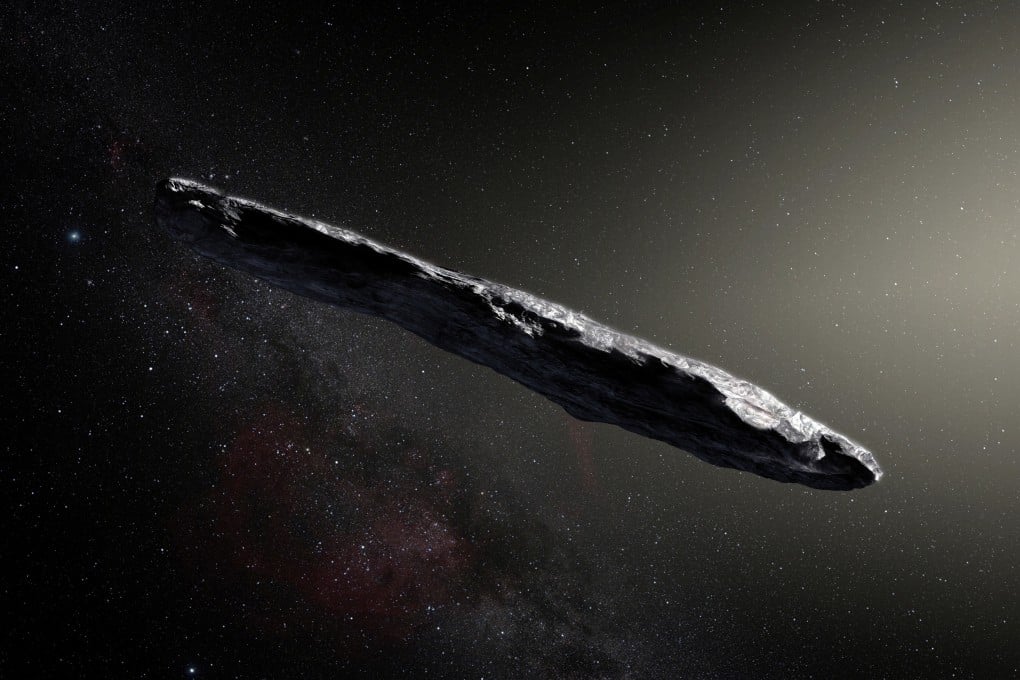Do we have proof aliens exist? Interstellar object ‘Oumuamua ‘the first sign of intelligent life’, says Harvard professor
- A seemingly self-propelled object that visited our solar system in 2017 may be the first sign of intelligent life beyond Earth, says one astronomer
- ‘People found it unacceptable to discuss this possibility,’ Avi Loeb says, but he has stood by his claim, and explains the reasoning for it in a new book

Astronomers spotted an interstellar visitor to our solar system for the first time on October 19, 2017. But it wasn’t an alien life form – it was an object.
Even so, the surprise visitor, which was named “‘Oumuamua”, caused a stir in the world of astronomy and astrobiology, the discipline that investigates the possibilities of extraterrestrial life.
If such an object is not a comet, scientists say, it’s usually an asteroid. But ‘Oumuamua, which was travelling at 58,000 miles (93,300km) per hour in the direction of the Pegasus constellation, did not move like an asteroid.
They may not find us interesting, they may not find us attractive, so there is no reason for them to visit us
Although there was no “outgassing” – no cometary tail – there was still a confusing acceleration that did not result from the pull of our sun’s gravity. In short, ‘Oumuamua seemed to be self-propelled.
Scientists agreed that ‘Oumuamua was an exotic and unusual object, but were content with the idea that it was a new kind of comet that was propelled by a mechanism that is not yet understood.